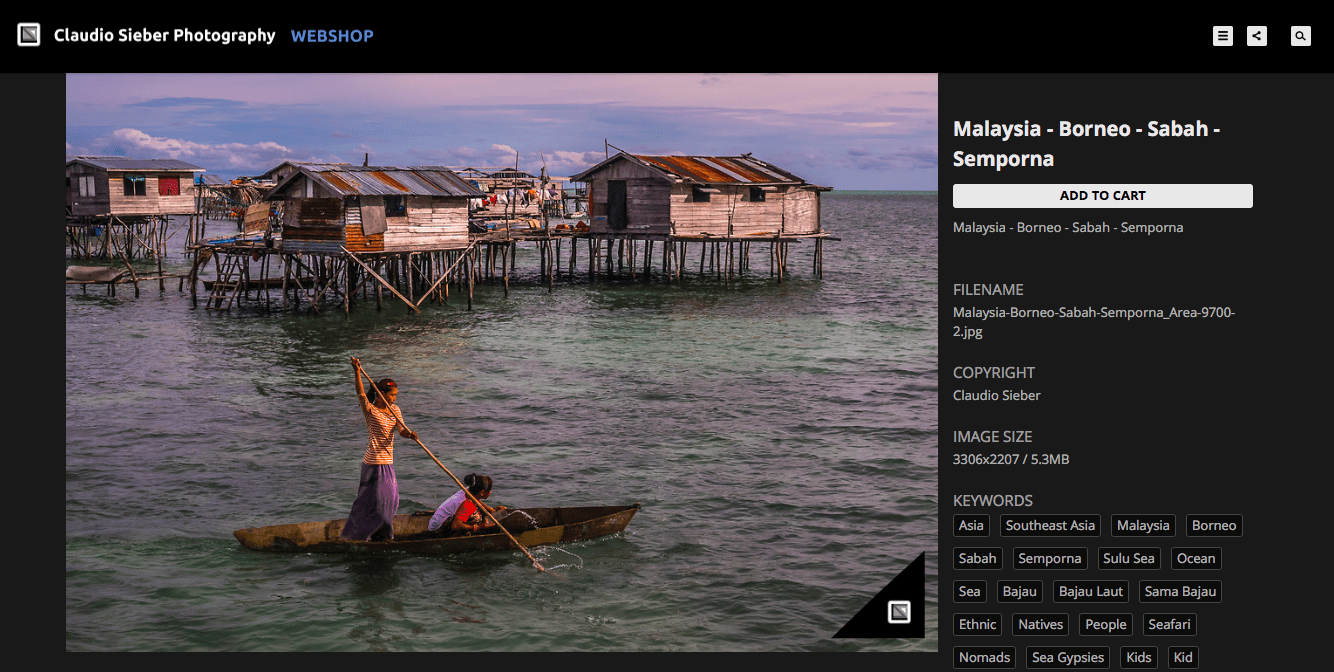A radiant full moon casts its glow over the azure waters of Negombo Beach, heralding the dawn of another day for Mohamed Sulfigar and his three companions aboard their catamaran, the «Sunami». As the rhythmic waves embrace the shoreline, the quartet, steadfast in their pursuit of shrimp, stands in testament to a fading tradition that has woven its way into the very fabric of their lives. Sulfigar, the venerable skipper of 52, bears the weight of 35 years navigating these waters, having inherited the craft from his father at a tender age of 17. Alongside him are Mirshad, Rasmi, and Anas, each entrenched in the rhythmic dance with the sea, their hearts tethered to the age-old techniques of their forebears. Despite the dominant Sinhalese and Tamil populations in Sri Lanka, the art of catamaran fishing remains a pure Muslim livelihood. The day’s proceedings unfold against the backdrop of the tsunami anniversary, which, 19 years ago, claimed about 40,000 Sri Lankan lives – a somber acknowledgment interspersed with Mirshad’s lighthearted jokes, a playful attempt to alleviate the gravity of the day.
After having readied sail and net, the crew is pushing their catamaran into the sea as the morning breeze transitions into a typical offshore wind. A typical spectacle adorns the Negombo coastline, serving as a relic of a fishing culture deeply ingrained in tradition. The catamarans set their course northward, navigating the 3-meter deep waters 4-5 kilometers offshore, their eyes set on the elusive shrimp beds. The quartet’s camaraderie stands strong, their collective experience vital in ensuring the catamaran sails with precision. Rasmi’s continuous moistening of the net fortifies its surface, an essential preparatory step ensuring its resilience against the unpredictable ocean currents. The catamaran, a mesh of a cotton sail spanned between a pair of v-shaped bamboo poles, a mango tree wood trace, and a fiberglass hull, showcases resourceful craftsmanship, despite displaying old ropes and improvised mechanisms that belie its functionality.
While the crew cruises along Sri Lankan shores, Anas skillfully repairs any minor cuts in the net en route — a demonstration of expertise honed through years of experience. The net, submerged by the weight of two stones, is gently dragged along the ocean bed for about an hour, weaving through the underwater currents in its pursuit of the day’s catch. As the wind picks up, a joyful exuberance illuminates the faces of Anas and Rasmi, reveling in a momentary escape on the wooden bridge leading out to the floater of the catamaran, dancing along with the winds that buoy their spirits. Egg sandwiches packed by their caring wives serve as a modest reprieve during their first netting. Sulfigar, experienced yet humble, speaks of the uncertainty that pervades their trade. He acknowledges that while some days yield more bounty, others leave them wanting, their livelihoods delicately balanced on the capricious whims of the sea.
The wind’s fickleness dictates their movements, compelling the crew to maneuver the sail, requiring the synchronized efforts of the quartet. Amidst the shifting winds, the captain’s instincts, akin to an ancient intuition, guide their course with an almost preternatural foresight. The unpredictability of the offshore wind sometimes demands a delicate balancing act, the crew acrobatically leaning outwards to counter its strength. In rough seas, the sand’s upheaval acts as an ally, coaxing shrimp to the surface, enabling the crew to scoop larger amounts with their nets. Their catch, a melange of life’s oddities – beer cans, plastic debris, snakes, baby mantas, shrimp, fish, and crabs – becomes a source of both jest and excitement. Mirshad’s humor about snake meat being “only eaten by China” lightens the task of sorting through the catch. Each substantial prawn found is celebrated as a stroke of luck, its potential value of 1.000 LKR an added boon amidst the otherwise modest haul.
After several netting attempts, the wind’s fierce intensification prompts their return. The cruel irony of their trade is encapsulated in Sulfigar’s acknowledgment – a single day lost to inclement weather equates to a day devoid of income. Their dreams of a larger boat with an engine, a symbol of progress, remain elusive against the tides of economic disparity. Amidst their toil, a mere hundred meters away, tourists indulge in catamaran tours, the contrast in their earnings reflecting the disparity of the oceans they share. The quartet aims to sell their catch between 800 to 1.000 LKR per kilogram, hoping for a profitable return. Their earnings, meager by many standards, will be equally divided, the catamaran itself receiving a share for repairs. Sulfigar notes that while the catch hasn’t significantly declined, the whims of luck often govern their daily sustenance. The fishermen harbor aspirations for their children, yearning for careers less labor-intensive than their own. Sulfigar’s son, Mohammed Abdullha, aspires to engineering, mirroring the ambitions of others in their circle. This shared hope reveals a poignant truth – the impending fall of this tradition seems merely a generation away.
As the day wanes and the catamaran returns to the shoreline, the quartet disembarks with a quiet resolve, their struggle for survival etched in the sands of Negombo Beach. They are custodians of a fading tradition, navigating the ebb and flow of the sea with a resilience that echoes through the ages, their futures as uncertain as the shifting tides, yet their spirits tethered to the enduring camaraderie and hope for better tides ahead.
Yes, these pics are for sale! Follow the link to my webshop for prints, rights, or personal use
































































































